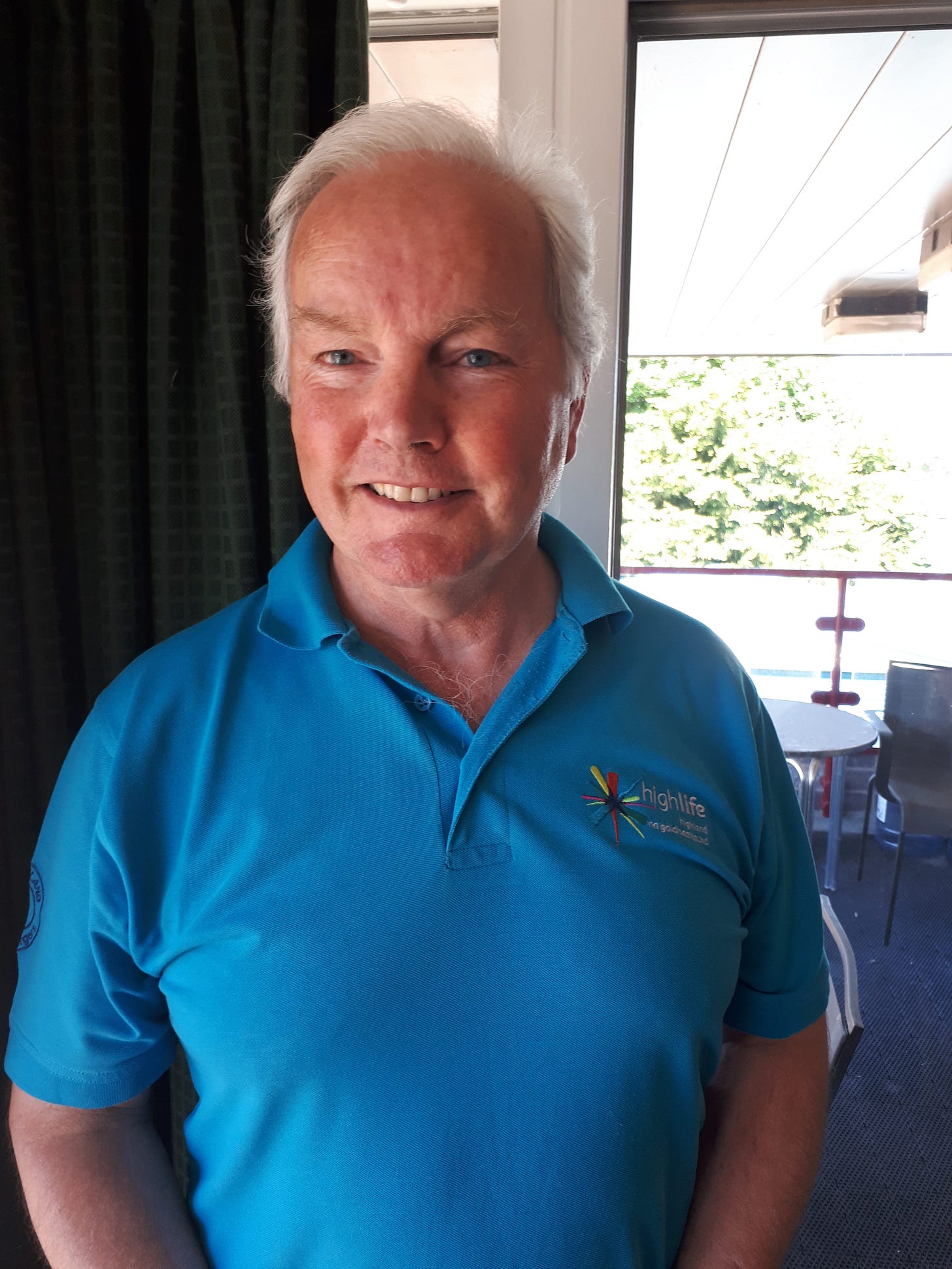Bridging the Habitat Gap - Part 1
Donald reflects on the role of boxes in Wildlife Conservation
I read in a BBC article recently that across the country hedges have been disappearing at a phenomenal rate in the last century. An estimated half have been lost since the 1940s. Remarkably we [mostly England] still maintain thousands of miles of hedging, approximately 39,000km has been identified by laser scanning. That is almost equivalent to ten times around the earth! Hedges are part of the cultural landscape of a lot of our land mass and happily, it is now national policy to either create or restore many more kilometres of hedge, good for us, good for the trees and of course good for the birds.
Here in Highlands we do not have such an abundant supply of hedges as our southern neighbours, and it may take a while for the new regenerated woodlands to get going, so how do we bridge the habitat gap? Well, with little boxes [on the hillside]
The aforementioned countrywide loss of habitat ( less woodland and less hedgerows) plus new modern buildings with fewer suitable nooks and crannys has meant far fewer places for birds to build their nests, therefore presently the birds do benefit from extra man-made bird housing.
Now is an excellent time to put up a nest box[es], in fact for different reasons any time of year is good but come late winter early spring, many species start scouting around for suitable nesting sites and it is interesting to see who is on the lookout.
I also have a wee bit selfishness in doing this too because, I like to see them. I like others enjoy their presence in our gardens and around our houses. It is similar to having bird tables, the birds profit from the abundance of extra food and we enjoy the advantage of close-up views of our feathered friends plus relishing a vicarious pleasure in helping them along.
It is important to place the nest box in an appropriate site for the best chance of attracting the owner you hope for or expect. Each of the species which use nest boxes have their own favoured locations and aspects they prefer. However, all require similar necessities; a safe place away from disturbance and predators, including cats; a cool dry aspect, we don’t want them to blow away in the gales or to suffer from heatstroke or indeed to get washed out by named ferocious westerly storms. Therefore, we should choose a position facing north or northeast, shaded from the mid-summer sun and sheltered from the prevailing winds and high enough in a tree or mounted on an outside wall of the house or shed, about 2-3m high out of reach of the wildlife killing domestic cats.
And don’t forget the killer woodpeckers! To prevent raiding woodpeckers [or squirrels] from gaining access to the fledgelings, a metal [or extra wooden] plate can be very effective in stopping them from enlarging the hole and will help to deter them. These can either be homemade or purchased online.
Around our houses and gardens, it is probably the tits, sparrows, starlings, and robins which we hope for, and each has its preferences. Sparrows are possibly easiest to please with a basic nest box secured to a shed or wall, in some cases multiple boxes can be fitted next to each other for these sociable chattering little avians. It did not work for me though, I had two boxes together and despite scores of sparrows in the garden only one box has ever been used, ironically the one with the fitted camera was the unused, I expect that they did not want to be on reality TV.
Robins prefer a lower site, in an open fronted box, in some cover, a holly or hawthorn hedge for example or an open outhouse. Blue, great, and coal tits like to be high up safe from disturbance and predators, mind you I watched a stoat zoom straight up the harled wall of an old house and pop inside the broken window of one.
All creatures prefer peace and quiet so try to site the box in an area that is not frequented by people, regular disturbance is not ideal. Also make sure that there is no obstruction like branches or leaves in the way of a clear entrance and exit to the box and note that a perch at the entrance is not desirable – too convenient for predators.
Please consider other species which may use bespoke man-made nests, like swallows, house martens, kestrels, owls, and bats. Premade nests are available to buy for these endangered species and all the other of the aforementioned. There are many different types of nest boxes available to purchase from garden shops or on-line from conservation societies such as the BTO or RSPB. These groups also provide simple details of how to make your own boxes, including all the best sizes of desired entrance holes which will determine who can take up residence. There are also surveys which you can join to monitor nest box use – a fine citizen science project.
Donald Mitchell is a High Life Highland Countryside Ranger, a keen observer of nature and wildlife, he dedicates his time to documenting and sharing insights about the natural habitats in North West Sutherland. With a particular interest in marine life, he aims to help others gain a deeper understanding and respect for the delicate balance of our ecosystem.







